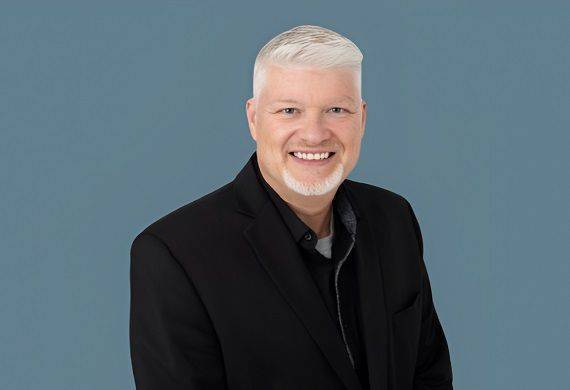Methods to Combat Clinician Burnout Through Smarter Healthcare IT
By Adam Tallinger, Managing Director & Practice Lead for Epic, Nordic Global

In an exclusive conversation with Global Leaders Insights, Adam Tallinger, Managing Director & Practice Lead for Epic at Nordic Global, discusses how reimagining healthcare IT can combat clinician burnout. He advocates for personalization over customization, ensuring EHR systems adapt to clinicians, not the other way around. Adam emphasizes automation, human-centered design, and micro-learning as keys to restoring efficiency and joy in care. By empowering clinicians to work at the top of their capability and measuring success through outcomes and satisfaction, he champions a future where technology enhances—not hinders—human connection, driving a more engaged, efficient, and fulfilling healthcare system.
From Burnout to Balance: Rebuilding Healthcare Through IT Innovation
Clinician burnout is one of the greatest threats to care quality, safety, and workforce stability in modern healthcare. Defined by emotional exhaustion, depersonalization, and loss of meaning, burnout affects more than half of U.S. physicians and nurses. Its roots lie in rising care complexity, administrative overload, and technology designed to serve the business of healthcare instead of the care itself. Health systems that ignore burnout face declining productivity, safety risks, and expensive turnover. The right healthcare IT strategy, however, can become a powerful antidote.
Also Read: The Roll-Up-My-Sleeves Leader: Driving Hig-Performance B2B Teams
Personalization
Most clinicians feel they adapt to the EHR instead of the EHR adapting to them. There is a fine line between customization and personalization. Most organizations have moved away from customization; defined as system build to support a single physician or group. Customization leads to limitations on data analytics, potential safety issues with changing expectations from patient to patient, and a high degree of maintenance which can also limit the ability to upgrade and adopt new vendor functionality. Personalization changes that. Personalization, by contrast, relies on standardized workflows but allows clinicians to choose their own setting within the workflow framework. Personalization returns a level of autonomy to clinicians that helps speed up documentation, order entry, chart review, and patient movement.
Automation
Too many highly trained professionals spend hours on documentation, inboxes, and repetitive tasks. Automation and AI can reclaim that time. Ambient documentation tools and digital scribes capture conversations and draft notes. Smart routing triages messages to the right team member. Automated data capture for quality measures minimizes manual clicks. These tools free clinicians to focus on patient care, not paperwork.
Human-Centered Design
Technology often fails when it ignores the human experience. It is my opinion that physicians still count clicks (meaning the number of mouse clicks in a workflow), because back in the ARRA/Meaningful Use era, we told physicians how they would use the EHR instead of working with them and listening to their needs. Applying human-centered design means shadowing clinicians, co-designing workflows, and testing usability before go-live. Reducing unnecessary clicks, consolidating key data on one screen, and streamlining alerts minimize cognitive load. Clinicians who helped design their tools are far more likely to trust and embrace them.
Micro-Learning
Traditional training can’t keep pace with constant EHR updates. Micro-learning (short, in context, just-in-time education) builds confidence and competence. Think 90-second videos, in-workflow tooltips, or weekly “efficiency tips” delivered by peer champions. Continuous learning lowers frustration, minimizes “how to” support tickets, and boosts proficiency; thus improving both performance and morale.
Working at the Top of Capability
Burnout thrives when clinicians perform tasks beneath their training. EHR-enabled delegation and role-based routing ensure each team member operates at the top of their license. Physicians focus on decision-making while nurses, advanced practice providers, ancillary clinicians, and unit coordinators manage routine work. Analytics can reveal where high-value talent is underutilized, guiding redesign of care-team workflows.
Also Read: Upskilling Executives for the AI Era
Next Steps
All of the above actions require key performance indicators or success metrics to measure the success of the changes. Analytics such as time documenting notes, after-hours EHR use (pajama time), physician time spent responding to patient portal requests, satisfaction surveys, and alert fatigue are all valuable measures. Pilot one initiative in each category, gather feedback, iterate, and scale. Partner IT, operations, and clinician leaders together in a continuous improvement loop. The goal isn’t just less burnout, it’s more engagement, better outcomes, and a smarter hospital that puts people first. Most importantly, build a culture that values clinician well-being alongside efficiency. Technology alone won’t fix burnout, but it can create the conditions for joy in practice to return. Done thoughtfully, healthcare IT can help physicians practice medicine the way they always intended: focused, efficient, and fulfilled.
.jpg)

